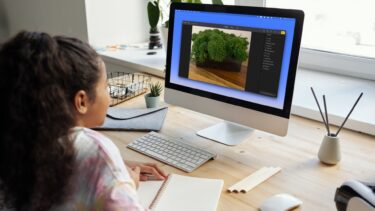What Are Libraries in Windows 7?
Windows 7 introduced this new tool called Libraries to help users aggregate unorganized data present in different folders at different locations in the computer,and also outside the computer in a network drive or a USB thumb drive. So, for example, if you’ve got pictures of your recent family trip to the hills in different folders and devices like thumb drives and computers of your family members, then the best way to aggregate them (provided they connect to the same homegroup) is by creating a library and including all the folders that have those pictures. This saves the time you would have otherwise invested in painfully collating those snaps by copy-pasting or other methods.
Creating and Customizing a Library in Windows 7
Lets see how to access the default libraries and how to create new ones. Just typing Libraries in the Start search bar should direct you to the corresponding location. The default interface has 4 libraries for documents, music, pictures and videos. Each library would show the number of locations it includes. In the following screenshot, you can see that my pictures library includes 1 location. Clicking on that link will open up a window where I can add more folders. You can easily add more folders, whether they are on your computer or on a separate device like a USB drive, to the library. If you want to create a custom library, you may do that by right-clicking anywhere on the Library window, then clicking on New->Library. The new Library can now be inundated with folders of pictures, documents, videos….anything you want. So that was how you modified the existing Libraries, and created new Libraries. If you work on multiple projects then you might want to have a Library each for them so that you have the information organized at one place.
Things You Should Know About Libraries
Here are a few things to keep in mind.
Deleting a library doesn’t delete the folders from their original locations, but if you delete files or folders present in the library, they get deleted from their original locations too.You can search a Library and also sort the data by folder, month, day etc.You cannot include folders on removable media like CD/DVD in Libraries. External USB drives would work though.
That was about Windows 7 Libraries and how they work. We will talk more about them in future articles and see what else can be accomplished with them. If you haven’t started using this Windows 7 feature yet, the advice is to start now. If you have been using Libraries, and know a thing or two about them that Guiding Tech readers can benefit from, do make use of our comments section to share your knowledge. 🙂 The above article may contain affiliate links which help support Guiding Tech. However, it does not affect our editorial integrity. The content remains unbiased and authentic.











